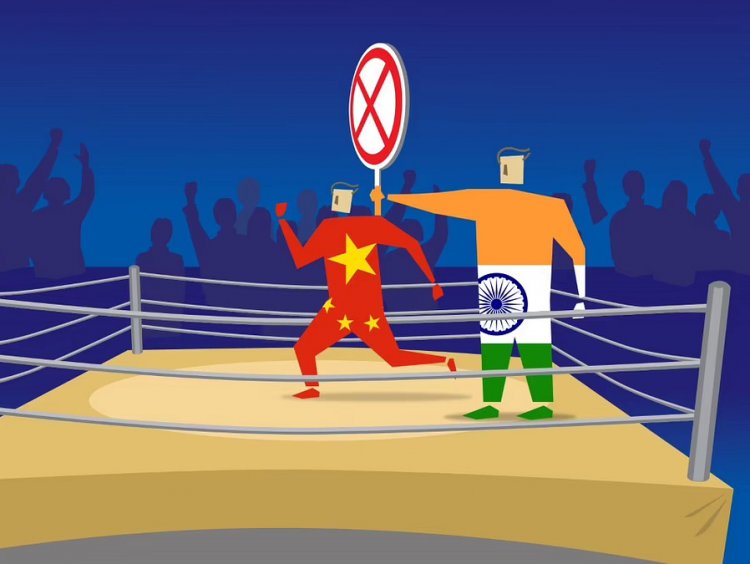Countering China: India out of Sync in an Alliance of Democracies!
STORIES, ANALYSES, EXPERT VIEWS

During President Biden’s first foreign visit to Europe, China was the dominant theme during his discussions with G-7 leaders at Cornwall, UK (June 11-13) and EU and NATO leaders (June 14-16) at Brussels and Geneva and the underlying theme in his discussions with President Putin on July 16.
The US and Europe have fundamental contradictions with regard to China and Russia. But while the “US faces an immediate threat from China, many European countries have extensive economic ties with Beijing and no security concerns. For Europe, the more immediate threat is from Russia,” writes Yogesh Gupta (former Ambassador). Inspite of this, “President Biden’s initiatives would strengthen transatlantic unity and build on resetting relations with Russia, isolating China…..”
As far as India is concerned, at the G-7 meetings, PM Modi spoke of the need for democratic societies to strengthen each others’ hands to respond to new challenges, India’s efforts to share its development partnership with other developing countries, its readiness to work with B3W partners and its engagement with WHO, G-20 and G-7 countries for dealing with the current pandemic and preparing for future pandemics.
India cannot draw much comfort
According to analyst, Sunanda K. Datta-Ray, however, India cannot draw much comfort from US President Joe Biden’s promise at the G7 Meet, to lead an alliance of global democracies against China.
Mutual dependance on trade: One reason is mutual dependence on trade and economic relations. “Top Chinese and US trade and treasury officials have engaged in a series of virtual chats on the business of doing business. China has invested substantially in British companies as well as public utilities. The US, the European Union and Japan are among China’s biggest trade partners, with exports and imports totalling more than $1,660 billion. Neither side will easily risk that.
“India can expect even less sympathy (and no support!) from Asean, the Association of Southeast Asian Nations, whose collective trade with China jumped last year to $731.9 billion, making Asean China’s largest trading partner for the first time while China remained Asean’s largest trading partner for the 12th successive year……”
China’s Belt and Road Initiative: China’s growing global influence also prevents opposition to it. It has “redefined aid to make it an integral feature of about 60 developing countries that can expect $500 billion from Beijing over the next few years, while President Xi Jinping’s Belt and Road Initiative could mobilise $1 trillion of Chinese state financing…… More than 100 countries have joined BRI projects, of which there were more than 2,600 costing $3.7 trillion in mid-2020………”
In contrast, the G-7’s Build Back Better World (B3W) Partnership, an alternative to the BRI, promises to “collectively catalyse hundreds of billions of dollars of infrastructure investment”. However, while China’s focus is on big-ticket projects in traditional infrastructure, “Mr Biden’s plan will focus on climate, health and health security, digital technology, gender equity and equality. That doesn’t suggest direct competition…….”
Various factors, concludes Datta-Ray “make India the odd man out in this contest for hearts and minds. It cannot promise lavish help like the BRI or B3W. It doesn’t brandish an ideological banner like the United States. So far as anyone knows, the dispute is only over territory, and rocky, inhospitable, uninhabited terrain at that…..”















